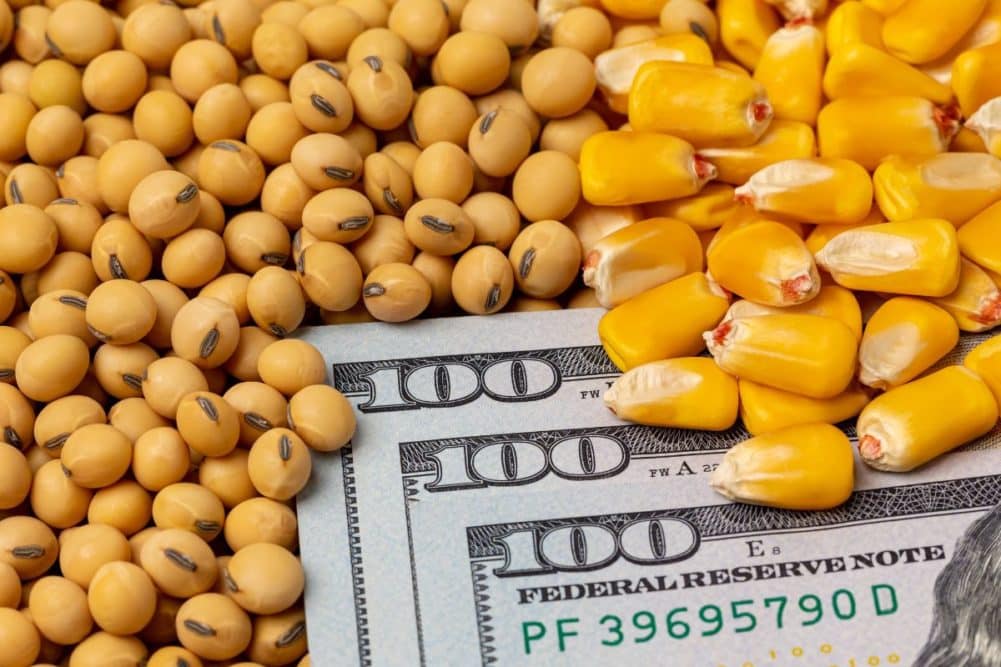
The prospect of ample supplies, despite weather problems in some producing regions, is pushing oilseeds prices lower.
The Foreign Agricultural Service (FAS) of the US Department of Agriculture said on June 12 in its Oilseeds: World Markets and Trade report that the US soybean oil price premium compared to other major exporters has declined, and the United States is expected to be a net soybean oil exporter in 2024-25.
The price premium in the past couple of years was driven by higher domestic demand for soybean oil in biofuel production, particularly for increased renewable diesel production headed to the California market,” the FAS said. “Soybean prices for major exporters declined since the last WASDE report on improved US plantings and ample global supply projections. Soybean meal prices also declined following weaker soybean prices and ample supplies from the major meal producers.”
FAS also reported “significant appreciation in South America soybean oil prices, primarily driven by strong domestic demand in Brazil,” while “weather‐related concerns with the European rapeseed crop also boosted vegetable oil prices.”
In its World Agricultural Supply and Demand Estimates report, published June 12, the USDA put global oilseeds production for 2024-25 at 685.8 million tonnes, down 1.3 million from its May forecast of 687.1 million, “mainly on lower rapeseed production for Australia and the European Union.” It put the 2023-24 world oilseed crop at 656.8 million.
“Rapeseed production is lowered for Australia on the lower harvested area while production in the EU is lowered on a reduced yield for France,” the FAS said.
In its monthly Food Price Index, released June 7, the United Nations Food and Agriculture Organization said world vegetable oil prices were down 2.4% in May compared with April but still 7.7% above their May 2023 level. It described the month-on-month fall as “mostly driven by lower palm oil quotations, more than offsetting higher soy, rapeseed and sunflower oil prices.”
The USDA’s Economic Research Service (ERS) detailed rapeseed supply in its June 14 Oil Crops Outlook report.
“The EU rapeseed production is reduced this month by (300,000) tonnes, to 18.8 million tonnes, on lower yield,” it said. “The EU’s rapeseed yield is estimated at 3.21 tonnes per hectare, down 1% from last month. By the end of May, most rapeseed crops were ahead of normal development and entering the pod-filling stage. Dry weather in Hungary and Romania, which began in the middle of January and persisted throughout May, is expected to affect pod fill development.”
The ERS said that excessive rainfall in France and Germany is expected to hinder the yield potential.
“The harvested area is estimated at 5.9 million hectares, unchanged from last month but down 6% from last year,” it said.
Australia’s rapeseed production forecast for MY 2024-25 is reduced by 1 million tonnes to 5.5 million tonnes in lower area, the ERS said
